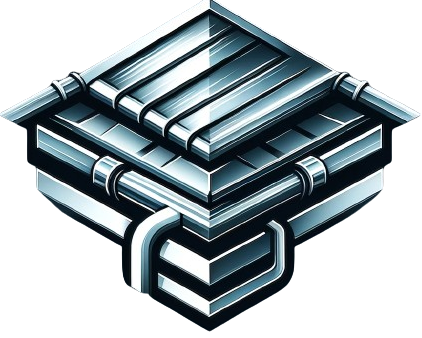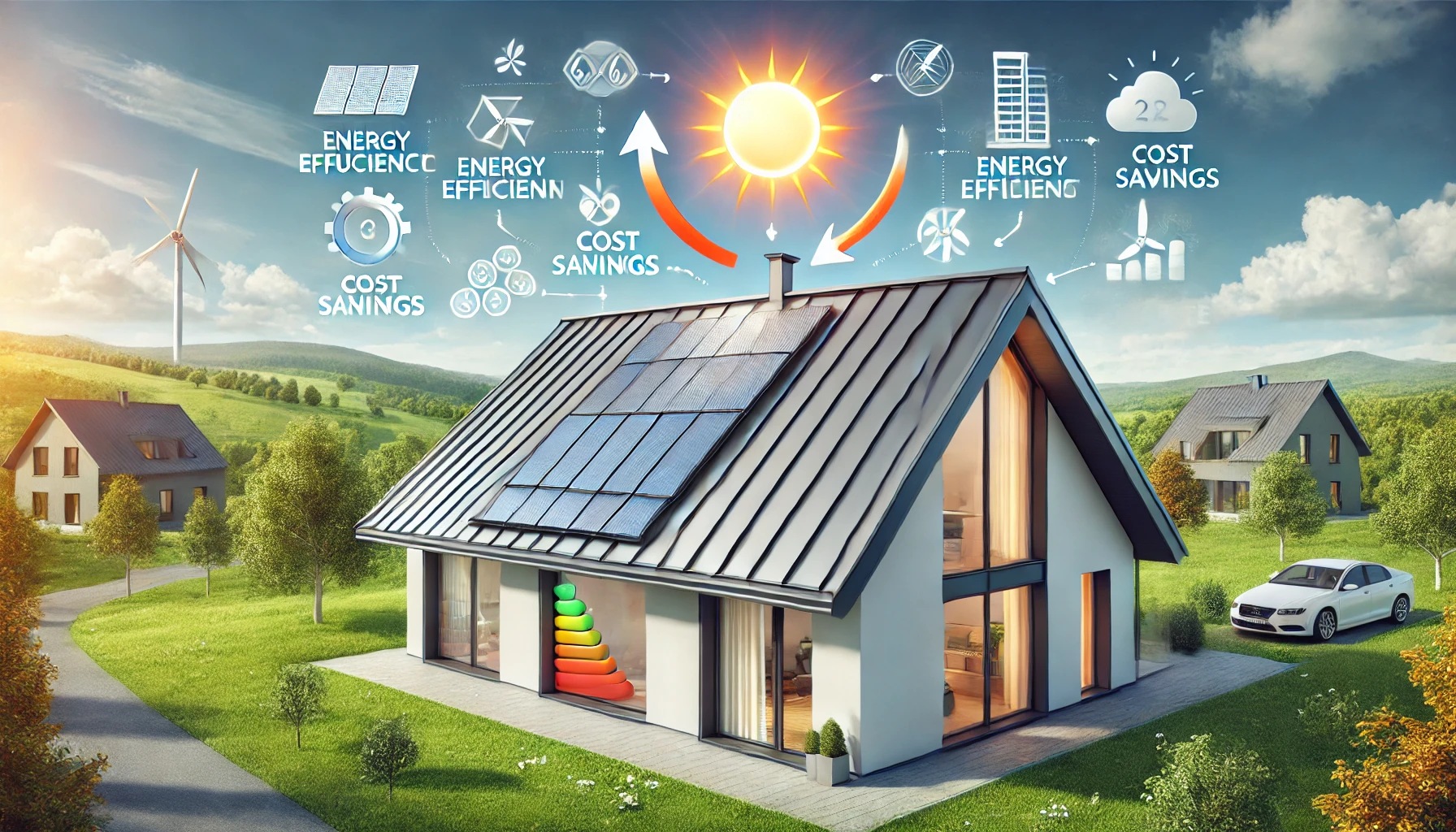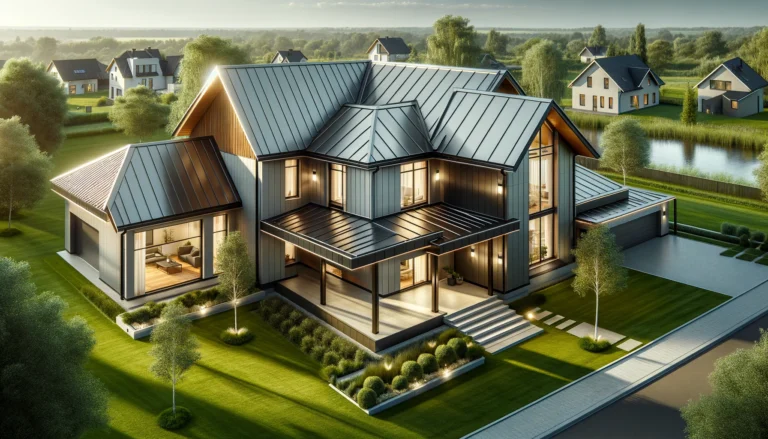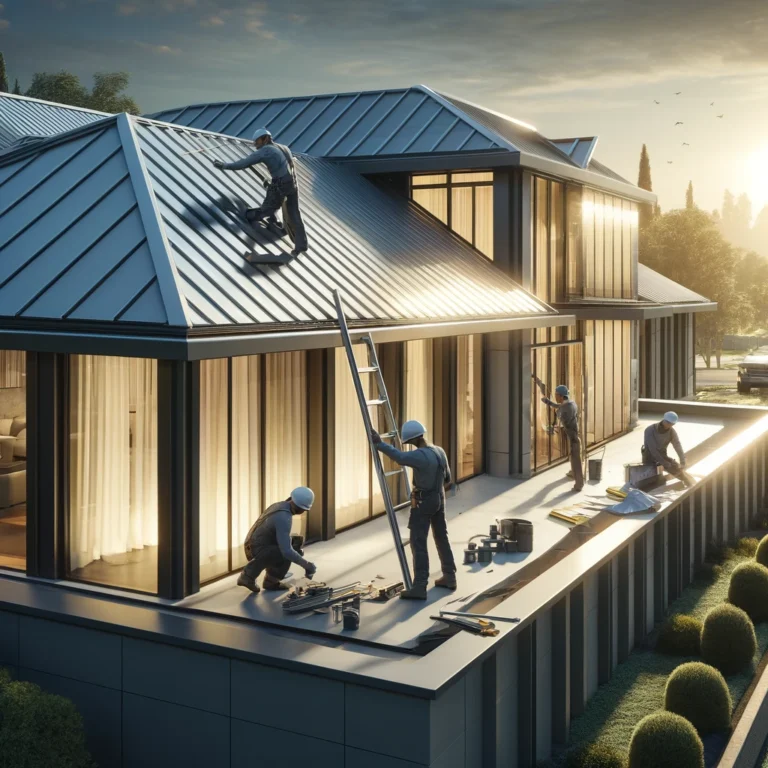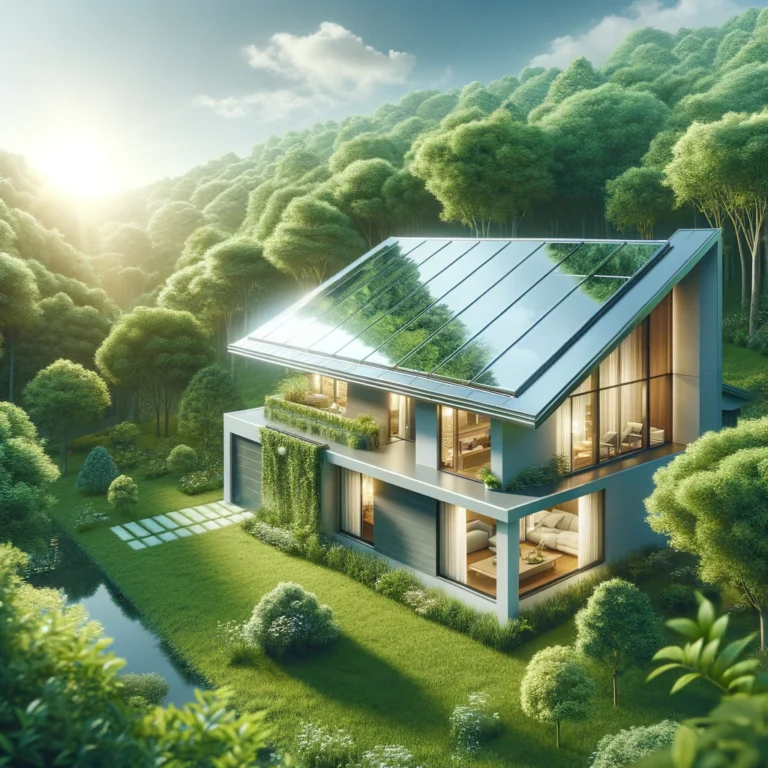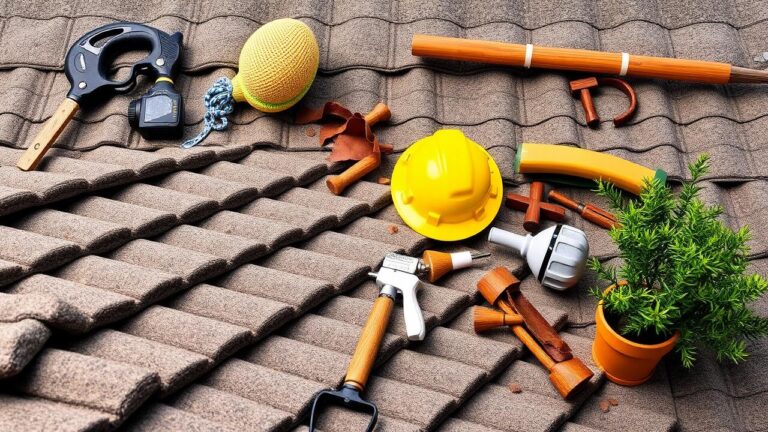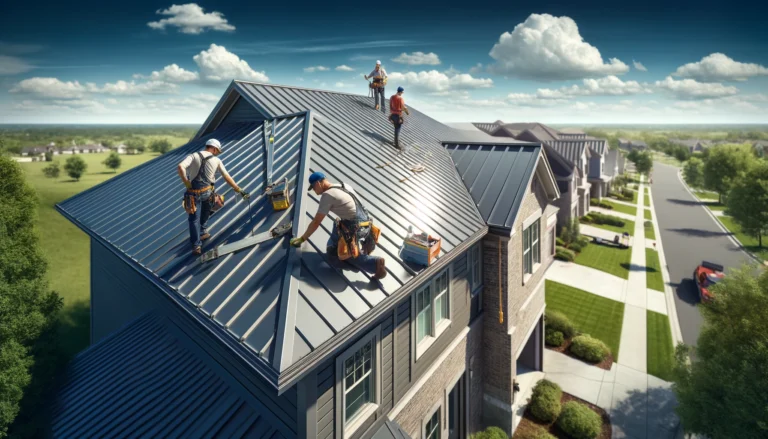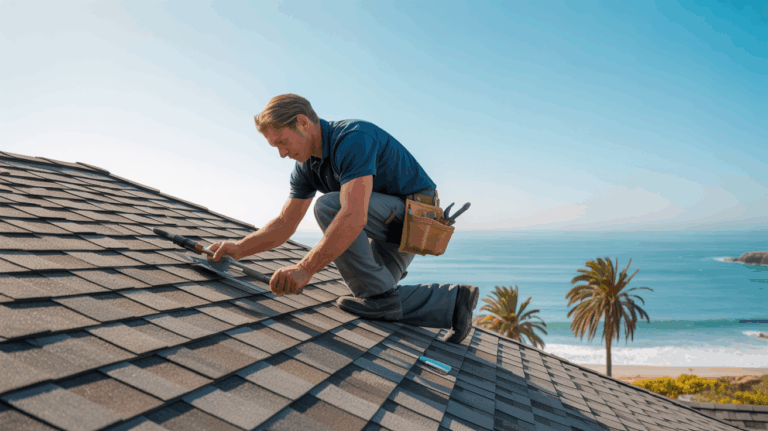How to Improve Energy Efficiency and Achieve Cost Savings with Metal Roofing
Metal roofing has become increasingly popular among homeowners seeking to improve energy efficiency and achieve cost savings. Not only is metal roofing durable and long-lasting, but it also offers significant benefits in terms of energy conservation. In this article, we’ll explore how metal roofing can enhance your home’s energy efficiency, ultimately leading to substantial cost savings.
Understanding Energy Efficiency with Metal Roofing
When it comes to energy efficiency, metal roofing is a top contender. Its reflective properties make it an excellent choice for reducing heat absorption. Traditional roofing materials, such as asphalt shingles, absorb a large amount of the sun’s heat, causing your home to become warmer and increasing the need for air conditioning. In contrast, metal roofs reflect a significant portion of the sun’s rays, keeping your home cooler and reducing energy consumption.
Benefits of Metal Roofing for Energy Efficiency
- Reflectivity: Metal roofs have a high reflectivity rate, meaning they can reflect more solar radiation than traditional roofing materials. This reduces the amount of heat transferred into your home, keeping indoor temperatures more stable.
- Thermal Emittance: Metal roofing materials can release absorbed heat more efficiently, which further helps maintain cooler indoor temperatures.
- Insulation Compatibility: Metal roofs can easily be paired with high-quality insulation to enhance their energy efficiency. Proper insulation helps to keep heat in during the winter and out during the summer, reducing your overall energy costs.
- Longevity and Durability: Metal roofs are highly durable and can last for 50 years or more with minimal maintenance. This long lifespan means fewer replacements and repairs, which also contributes to long-term cost savings.
Informative List: Ways Metal Roofing Enhances Energy Efficiency
- Cool Roof Coatings: Applying a cool roof coating to a metal roof can increase its reflective properties, making it even more effective at reducing heat absorption.
- Proper Ventilation: Ensuring your metal roof is properly ventilated can help regulate temperatures in your attic, preventing heat buildup and reducing the strain on your HVAC system.
- Solar Panel Integration: Metal roofs are ideal for integrating solar panels, which can further enhance energy efficiency by generating renewable energy for your home.
- Light Colors and Finishes: Choosing light-colored metal roofing materials can improve reflectivity and reduce heat absorption. Light colors reflect more sunlight, keeping your home cooler.
Improving energy efficiency with metal roofing is not only about choosing the right material but also about implementing the best practices. By installing energy-efficient metal roofing, homeowners can significantly lower their energy bills and reduce their carbon footprint. This type of roofing reflects more sunlight, which means less heat enters the home, thereby reducing the need for air conditioning. Additionally, metal roofs paired with proper insulation can create a barrier that keeps the home warmer in winter and cooler in summer, leading to year-round energy savings. The integration of solar panels with metal roofing is another way to enhance energy efficiency, providing a sustainable energy source and further reducing electricity costs.
Real-Life Examples and Tips
Example 1: The Smith Family’s Journey to Energy Efficiency
The Smith family decided to replace their aging asphalt shingle roof with a new metal roof. After researching the benefits, they opted for a light-colored metal roof with an excellent roof coating. Not only did they notice an immediate drop in their summer cooling costs, but they also found their home more comfortable year-round. Additionally, they installed solar panels on their new roof, further reducing their energy bills and contributing to a more sustainable lifestyle.
Example 2: Cost Savings with Metal Roofing
John and Emily had been struggling with high energy bills for years. After consulting with a roofing expert, they decided to switch to a metal roof. They chose a highly reflective metal roof and ensured their attic was adequately ventilated. The result? Their energy bills dropped by 20% in the first year alone. The initial investment in metal roofing paid off quickly through reduced energy costs and improved home comfort.
Tips for Maximizing Energy Efficiency with Metal Roofing
- Choose the Right Color: Light colors and reflective finishes can enhance the energy efficiency of your metal roof.
- Consider Cool Roof Coatings: These coatings can further increase the reflective properties of your metal roof.
- Ensure Proper Ventilation: Good ventilation in the attic can help regulate indoor temperatures and improve energy efficiency.
- Integrate Solar Panels: Pairing your metal roof with solar panels can provide renewable energy and additional cost savings.
Conclusion
Metal roofing offers numerous benefits for homeowners looking to improve energy efficiency and achieve cost savings. Its reflective properties, thermal emittance, and compatibility with insulation make it a superior choice compared to traditional roofing materials. By choosing the right color, applying cool roof coatings, ensuring proper ventilation, and integrating solar panels, you can maximize the energy efficiency of your metal roof. Not only will you enjoy a more comfortable home, but you’ll also see significant reductions in your energy bills, making metal roofing an intelligent investment for the long term.
If you’re considering a new roof or looking to upgrade your existing one, metal roofing is an excellent option to enhance energy efficiency and achieve cost savings. Consult with a roofing expert to explore the best options for your home and start reaping the benefits of a more energy-efficient roofing solution today.
